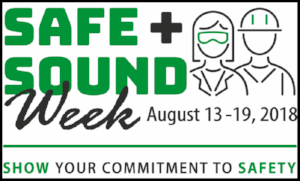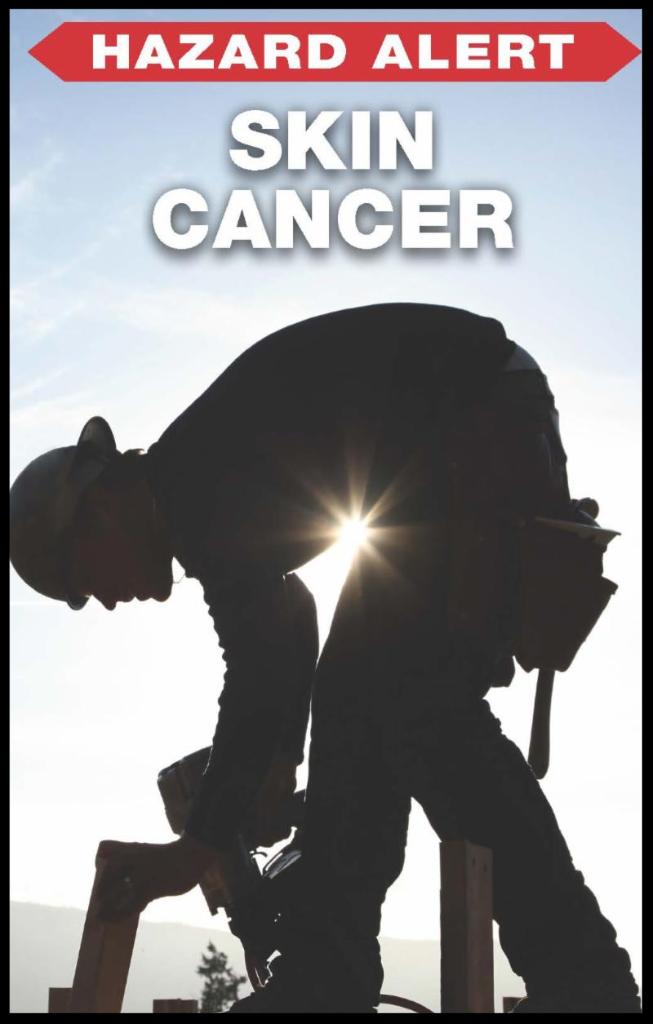|
CPWR UPDATE
|
July 2018
| |
From the Desk of Chris Trahan Cain, Executive Director
|
|
|
 |
The Union Effect on Contractor Safety Management Programs
 CPWR's first Quarterly Data Report of 2018 used findings from a Construction Safety Management Survey to examine the relationship between safety management practices among union and non-union general and specialty trades contractors. The survey was conducted on behalf of CPWR and other construction industry partners in 2017 by Dodge Data and Analytics. CPWR's first Quarterly Data Report of 2018 used findings from a Construction Safety Management Survey to examine the relationship between safety management practices among union and non-union general and specialty trades contractors. The survey was conducted on behalf of CPWR and other construction industry partners in 2017 by Dodge Data and Analytics.
The analysis found a number of noteworthy differences between the two groups, including:
- Nearly 80% of union contractors reported conducting job hazard analyses before starting work, compared with 56% of non-union contractors.
- Sixty-Seven percent (67%) of union contractors reported conducting prompt near-miss investigations after safety incidents, compared with 50% of non-union contractors.
- Approximately nine in ten (87%) union contractors prepared site-specific safety and health plans for their projects, compared with 69% of non-union contractors.
- Compared to non-union contractors, union contractors were more likely to provide OSHA 10-hour and 30-hour training to their employees.
CLICK HERE for the complete CPWR Quarterly Data Report, Union Effect on Safety Management and Safety Culture in the Construction Industry.
|
Safe + Sound Week Starts August 13!
 It is not too late to join the Safe + Sound Campaign and participate in August's Safe + Sound Week to promote safety programs and management practices in the construction industry. For more information go to CPWR's Safe + Sound page. It is not too late to join the Safe + Sound Campaign and participate in August's Safe + Sound Week to promote safety programs and management practices in the construction industry. For more information go to CPWR's Safe + Sound page.
|
|
 TOOLS FOR SAFETY AND HEALTH TOOLS FOR SAFETY AND HEALTH
Hazard Alert: Skin Cancer
Summer is here, and millions of construction workers will be spending long workdays exposed the sun's ultraviolet (UV) rays, putting them at elevated risk for skin cancer. The good news is that skin cancer is preventable and treatable if caught early. CPWR's new Hazard Alert card explains how construction workers can protect themselves, and how to identify the signs of skin cancer. Copies are available for download in English and Spanish, or contact CPWR to order hard copies of the English pocket-size card.
|
RESEARCH NEWS
Research in construction safety must account for high workforce mobility
In many factories, offices, and retail stores, you will see the same workers employed by the same company in the same location for many years. This is not the norm for construction, where workers in different trades typically work for many different employers on different construction sites over the course of a year. A new study from a CPWR-supported research team at Northeastern University explored how high worker mobility can "influence the ability to implement, measure, and evaluate health and safety interventions delivered at worksites." CLICK HERE for a one-page summary of The effect of workforce mobility on intervention effectiveness estimates, which appeared in the appeared in the Annals of Work Exposures and Health.
|
Wednesday, July 25 @ 2pm ET (30 min). Best Built Plans: Preventing Injury & Improving Productivity by Reducing Manual Materials Handling. Manually lifting and moving heavy materials on job sites can result in strain, sprain, and related soft tissue injuries. These types of injuries cost businesses billions of dollars and are a leading cause of disabling injuries in the construction industry. CPWR's new Best Built Plans program responds to this issue by providing contractors and workers with practical tools and information to plan for safe manual materials handling while staying productive and profitable. Join CPWR's r2p Director Eileen Betit, Training Director Gary Gustafson and Social Marketing Consultant John Strand to learn more about the program, its components (including a site planning tool and interactive training and coaching resources), and how you can provide feedback to ensure it meets workers' and contractors' needs. CLICK TO REGISTER
|
CPWR launches online construction safety information network. Equipment World.
Older construction workers at increased risk for hearing loss: study. Safety+Health
|
|
|
|